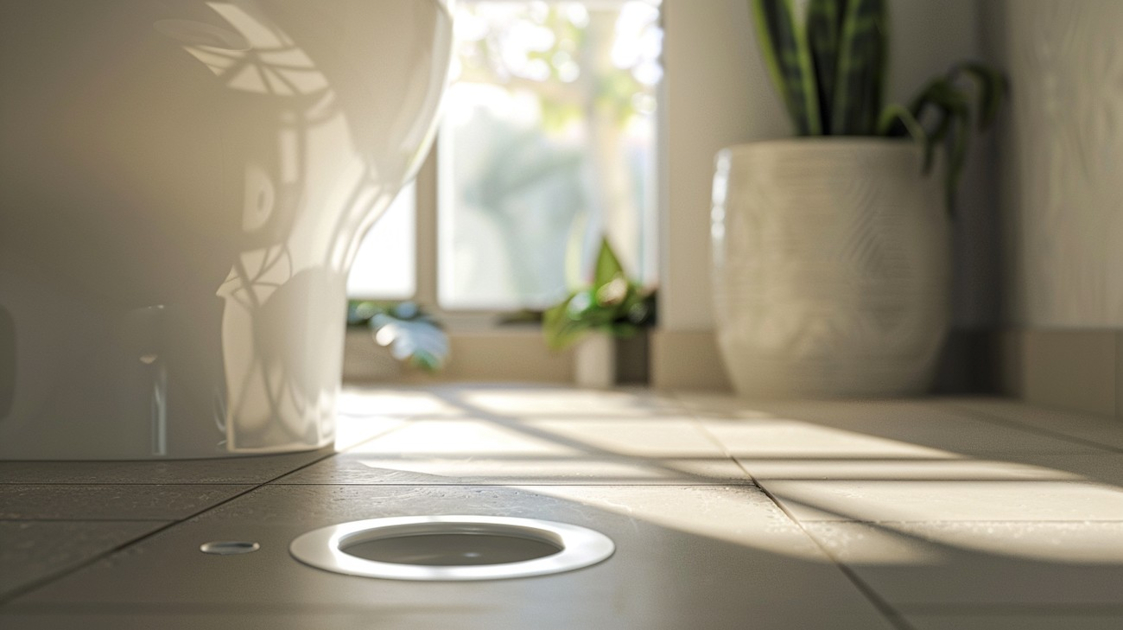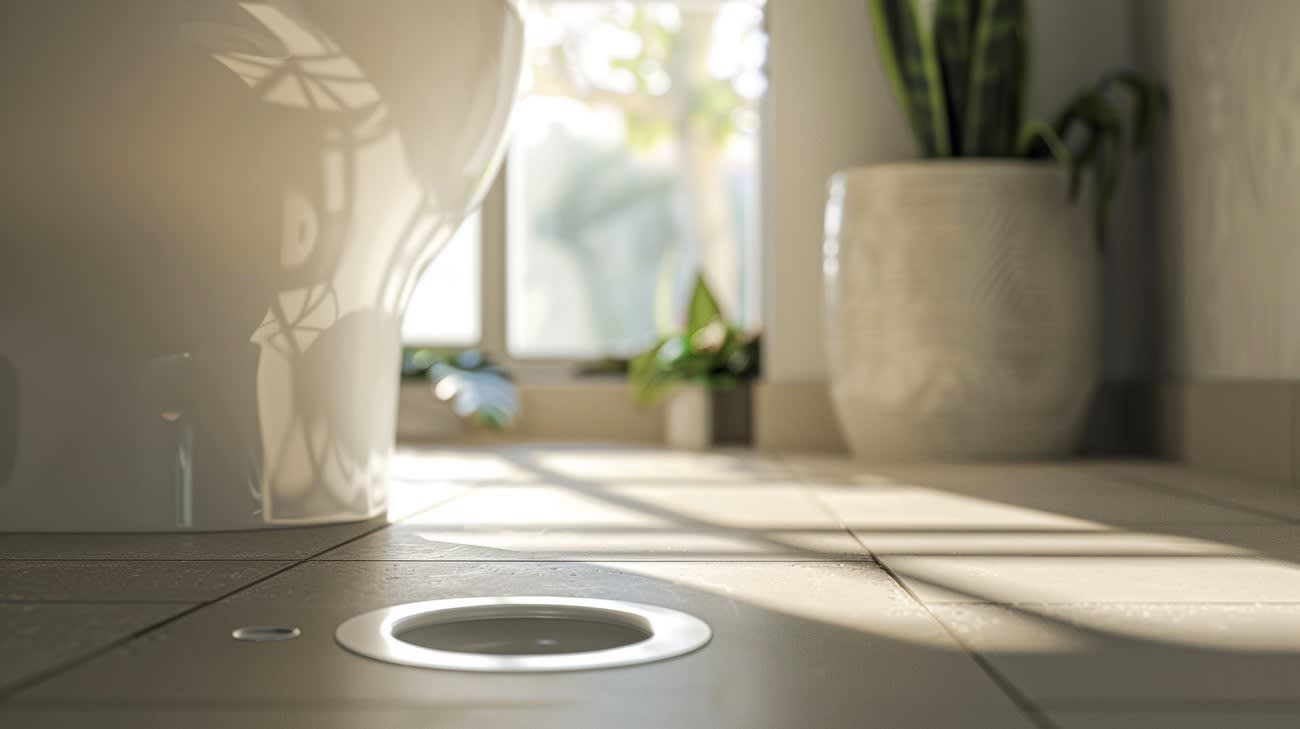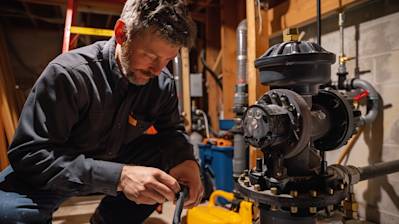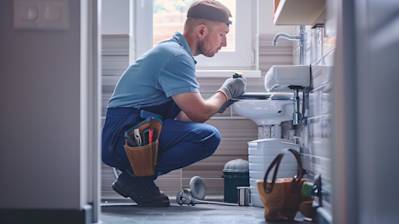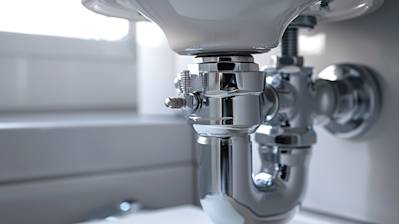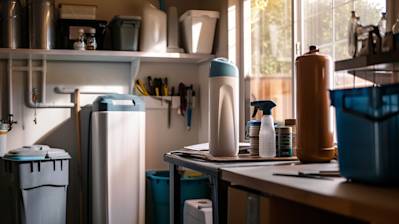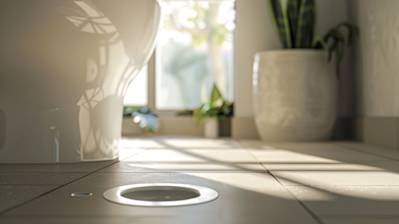When embarking on a bathroom renovation journey or simply fixing a toilet that isn’t quite sitting right, you might come across the term "offset toilet flange." This piece of plumbing hardware can be a real lifesaver in tight situations. Understanding its purpose, benefits, and installation methods can transform the way you approach bathroom plumbing projects. Let’s dive into the world of offset toilet flanges and explore their significance in a detailed yet engaging manner.
What is an Offset Toilet Flange?
An offset toilet flange is a modified version of the standard toilet flange. Instead of a typical flange, which centers the waste pipe directly below the toilet, an offset flange shifts the pipe opening slightly. This shift is beneficial when alignment issues arise or when you need extra space for toilet installation in small bathrooms. These flanges typically provide a horizontal adjustment of about 1 to 2 inches, although this can vary.
Why Use an Offset Toilet Flange?
Offset toilet flanges are indispensable in certain situations. Here’s why you might consider installing one:
Tackling Misalignment Issues: If your existing plumbing doesn’t line up perfectly with the toilet’s exit point, an offset flange can rectify this without major renovation work.
Creating Space: Bathrooms with limited space can benefit significantly since the slight shift can help better position the toilet to fit into tight spots.
Accommodating Floor Joists: Sometimes, floor joists obstruct traditional flange placements. An offset toilet flange can be a game-changer in such scenarios by adjusting the exit pipe position.
Upgrade or Old Plumbing: If you’re working in an older home, plumbing may not always follow modern standards. Offset flanges can make modern upgrades feasible without reworking core plumbing elements.
Types of Offset Toilet Flanges
Offset toilet flanges come in various materials and designs to suit different needs and preferences:
PVC Offset Flanges: Popular due to their affordability and corrosion resistance, PVC flanges are versatile and commonly used in residential settings.
Cast Iron Offset Flanges: Known for their durability, cast iron flanges are often used in older homes or commercial properties due to their robust nature.
Stainless Steel Flanges: These offer the best of both worlds with durability and corrosion resistance. They're especially preferred in areas with fluctuating moisture levels.
Installation Tips for Offset Toilet Flanges
Installing an offset toilet flange requires a bit of preparation and the right tools. Below are some informational pointers to get you started:
Assess the Floor: Ensure the bathroom floor is stable and clean. Any uneven spots must be addressed to guarantee a proper seal and avoid leaks.
Select the Right Flange: Choose the flange that best suits your plumbing material (e.g., PVC, cast iron).
Positioning: Adjust the flange so that the offset compensates for existing misalignments. Precision is key for preventing leaks and ensuring functionality.
Secure Installation:
- Use stainless or brass screws to avoid rusting and ensure long-lasting support.
- Apply a reliable sealant or wax ring to hold the flange in place and prevent water seepage.
Common Challenges and How to Overcome Them
When working with offset toilet flanges, you might face some common challenges:
Clearance Issues: Make sure there’s enough space for the flange to sit properly without obstruction.
Alignment Precision: Double-check alignments to ensure the flange sits flush with the floor.
Waterproofing: Any leaks at the joint can lead to water damage. Using high-quality seals can mitigate this risk.
Benefits of Offset Toilet Flanges
Flexibility and Adaptability: They offer solutions for awkward plumbing setups.
Cost-Efficiency: Allows for small adjustments without extensive plumbing re-do.
Ease of Installation: Compared to moving existing plumbing, installing an offset toilet flange is relatively straightforward.

Offset Toilet Flange FAQ
How does an offset toilet flange work?
An offset toilet flange is designed to relocate the position of your toilet and provide extra room or alignment flexibility when connecting it to the drain pipe. It has an offset design—usually incorporating a 45-degree angle—that allows for a shift in toilet placement by a few inches, either forward, back, or sideways, from the drain line's original location. This adjustment can be crucial when accommodating structural elements, space constraints, or accessing optimal positions for plumbing fixtures.
When should you use an offset toilet flange?
You should consider using an offset toilet flange when the standard toilet flange doesn't align the toilet correctly with the desired or required position over the sewer pipe. Whether remodeling a bathroom, dealing with architectural limitations, or trying to fit a new toilet in a pre-existing footprint, an offset flange can provide the necessary shift to ensure that the toilet fits appropriately and functions effectively.
Can an offset toilet flange cause problems?
Yes, while offset toilet flanges are excellent solutions for specific spacing issues, they can introduce certain problems if not installed correctly. The offset design might slightly reduce the water flow efficiency due to its angled configuration. It can also be tricky to seal properly, potentially leading to leaks or rocking toilets if not secured tightly. Ensure proper installation and consult a professional if you're uncertain about tackling this plumbing task yourself.
Do offset toilet flanges fit all toilets?
Offset toilet flanges are generally compatible with most standard toilets, but it's crucial to ensure that the dimensions and specifications are suitable for your specific toilet model. It's wise to check the bolt pattern and sewer pipe size with the offset flange dimensions to verify that everything will fit properly. Measuring twice before committing to purchase helps avoid potential mismatches and headaches during installation.
How do you install an offset toilet flange?
Installing an offset toilet flange involves several critical steps. First, remove the old flange and clean the area thoroughly. Align the new offset flange over the drain pipe, ensuring that it is positioned correctly to achieve the necessary offset. Secure the flange to the subfloor with screws, making sure it is level and flush. The flange should be connected securely to the waste pipe using a coupling that matches or adapts the pipe diameter. Finally, test the alignment by dry-fitting the toilet before sealing and bolting it down to ensure everything is square and stable.
What materials are offset toilet flanges made from?
Offset toilet flanges can be made from different materials, each with their benefits. Common materials include PVC, ABS plastic, and cast iron. PVC and ABS are lightweight and resistant to corrosion, making them ideal for most residential applications. Meanwhile, cast iron is highly durable and best suited for heavy-duty or commercial uses but requires careful handling due to its weight and need for specialized tools for installation. Selecting the right material will depend on your specific needs, local building codes, and installation requirements.
Can you install an offset toilet flange on an existing concrete floor?
Yes, installing an offset toilet flange on an existing concrete floor is possible, though it can be more challenging than installing on a wooden subfloor. To do this, you’ll need to drill pilot holes into the concrete to secure the flange anchors. It’s crucial to use the right masonry drill bits and specialized screws designed for concrete to prevent cracking or damage. Additionally, precise measurement and leveling are key to ensure a proper fit, and sealing the flange effectively to prevent any potential leaks is especially important in concrete installations.
What is the typical offset distance an offset toilet flange provides?
Offset toilet flanges are typically designed to provide an offset distance of about 1 to 2 inches. This extra room can make a significant difference in tight spaces or areas where existing plumbing doesn't quite fit the planned layout. While small, this accommodation allows for greater flexibility in positioning the toilet without requiring extensive replumbing. If you need more significant changes, it’s advisable to consult a plumbing specialist who might offer other solutions suited to more extensive alterations.
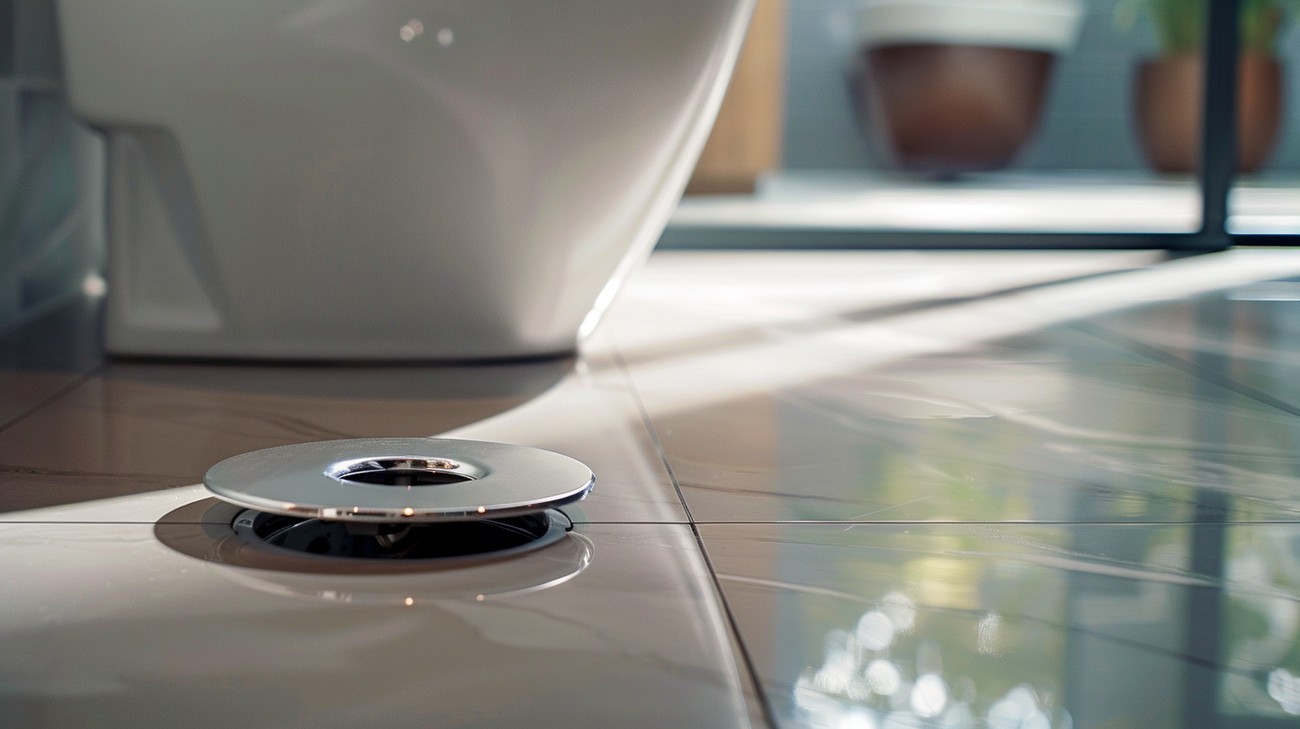
Exploring the Ups and Downs of Using an Offset Toilet Flange
Pros
More Space for Your Thrown
One of the standout perks of an offset toilet flange is the space optimization it offers. Let's say you're eyeing a particular spot in the bathroom for your toilet, but the existing drainpipe is just a smidge off. Bam! The offset toilet flange to the rescue. It can shift the toilet’s position by about two inches or so to better suit your layout. This little tweak can make a world of difference, especially in small bathrooms where every inch counts.
A Friend to Quirky Bathroom Layouts
Have an older home with a bathroom that seems to defy logic when it comes to layout? An offset toilet flange can be a lifesaver. It allows flexibility in toilet placement without the headache of moving pipes around under the floor. You can nudge your toilet closer to the wall without compromising the plumbing setup. It provides just enough wiggle room to fit a toilet in a tight spot without a full floor renovation.
Keeping the Peace With Underfloor Joists
Renovating can often lead to a wrestling match with floor joists. With an offset flange, there’s less battling and more strategizing. Since an offset flange can help adjust the toilet’s location without major plumbing changes, there’s less need to cut into or navigate around those stubborn joists.
Cons
Challenging to Install Correctly
Despite its benefits, an offset toilet flange can be a bit tricky to install, especially if you're a DIY enthusiast trying this out for the first time. Getting the alignment just right is crucial, and when it’s not perfect, it can lead to significant leaks or plumbing issues down the line. Make sure you’re up for the challenge or consider hiring a pro for this task.
Potential for Reduced Flow
Here’s a downside that isn’t immediately obvious: the altered position may impact the water flow slightly. The offset flange adjusts the fit but may force waste to travel an unintended path, which could lead to clogs if not executed properly. It's something to keep in mind if you're opting to use one in your bathroom.
Possible Wobble Issues
If not installed properly, offset toilet flanges could potentially lead to wobbly toilets. What’s worse than feeling seasick on the throne? This can happen if the flange doesn’t sit flush with the floor or is unevenly installed, causing unstable footing for your toilet. It’s critical to ensure a snug and level fit during installation.
Limited Adjustability
Though an offset flange offers a bit of flexibility, it’s not a miracle worker. It can only adjust the toilet position by an inch or two, so if you need a more significant transition, you might have to look at other options. For major repositioning, a full plumbing overhaul might still be necessary.
Compatibility Issues
Not all toilets are created equal, and neither are the flanges. Some toilet designs might not sit as comfortably on an offset flange. So, always check the specific requirements of your toilet make and model before opting for an offset flange to prevent unnecessary headaches.

Final Thoughts
Understanding the role of an offset toilet flange is crucial for any homeowner dealing with plumbing installations or repairs. It can make a significant difference in ensuring a secure and stable toilet placement, especially in tricky spaces where the drain doesn’t align perfectly. By choosing the right flange, you minimize potential leaks and costly repairs down the line.
If you’re in Lexington, KY, and are considering an installation or have questions about your plumbing setup, we’re here to help. At KYPD Plumbing, we pride ourselves on being the trusted local expert for all your plumbing needs. Don’t hesitate to reach out to us for a consultation or to request a free estimate. Your home deserves the best, and we’re ready to ensure your plumbing projects are handled with care and expertise.
Tags: toilet flange, offset, plumbing,

